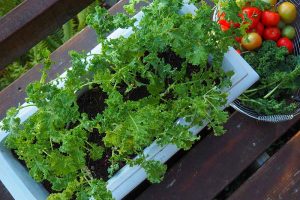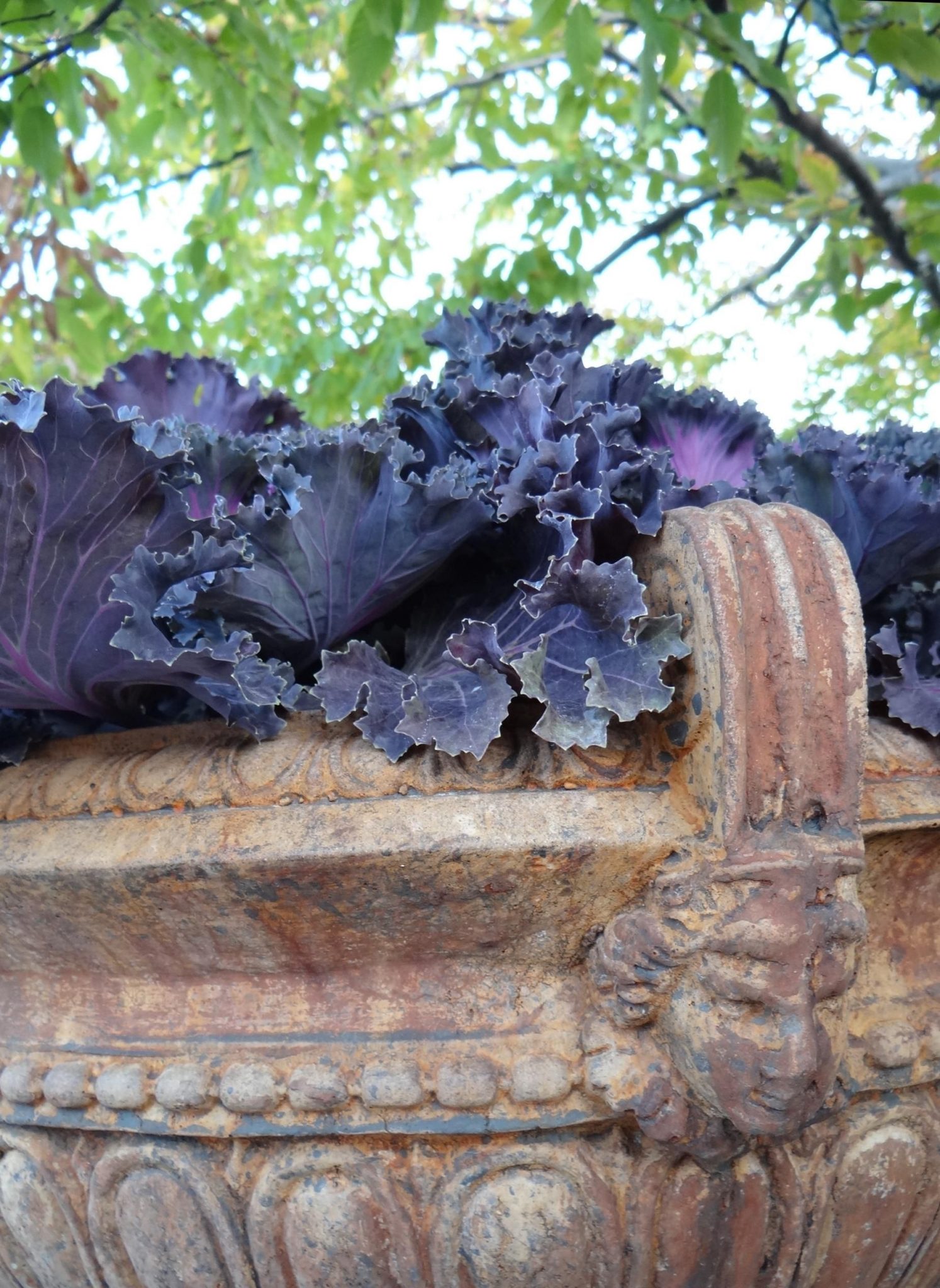

Grow versatile kale in a wide variety of areas.

Apply a nitrogen-rich fertilizer, such as Burpee's Natural Organic Blood Meal 12-0-0, according to package directions. Kale benefits from a nitrogen boost once plants reach several inches tall. Opt for one to two deep waterings per week versus a daily spritz - less frequent waterings encourage roots to grow deeper and more robust. Kale needs 1 to 1.5 inches of water each week. Before planting, work compost into topsoil for an instant nutrient boost. If you need to change your soil's pH, your test results will advise what to do. Test your soil and aim for a pH of 6.0 to 7.5.

Plant kale in fertile, well-drained soil.
Growing kale from seed in containers full#
In other words, full sun is best, but don't sweat it if your kale encounters a little shade. However, it's possible to grow kale successfully in partial sun, with just four to six hours of sunlight. However, it turns bitter and tough in the dog days of summer.įor maximum growth, plant kale in full sun, where it will receive six to eight hours of direct sunlight per day. In fact, many gardeners think kale tastes better after a light frost. Kale grows its most vigorous (and delicious) below 75 degrees Fahrenheit and can even handle temperature dips below 25 F. What Are the Ideal Growing Conditions for Kale? Once seedlings have sprouted, harden them off by putting them outdoors in the morning for a couple of hours, then work your way up to leaving them outside around the clock over several days. Make seed-starting easy with a reusable tray filled with soil pellets, and place them under a sunny windowsill or grow light. You can either direct-sow kale seeds or start them indoors six to eight weeks before your last and first frost dates. Carefully cover with the surrounding soil. For garden-ready plants, dig a hole twice as wide as the root ball and carefully place the plant at the same depth as its current container. If you're planting seeds, you can always plant them closer together, then thin your rows to your variety's recommended spacing once seedlings emerge.Īlways let your seed packet be your guide, but in general, plant kale seeds 1/4 to 1/2 inches deep. For example, 'Lacinato' kale needs 2 to 3 feet of space, while 'Red Russian' kale spreads only a foot wide. However, you should always defer to your variety's seed packet or plant tag for spacing instructions.

On average, plant kale 18 inches apart in rows 2 feet apart. If you live in a southern or coastal climate with mild winters, you can grow kale from late fall through the winter. Then, begin growing kale again six to eight weeks before your anticipated first frost date for a fall crop. Remove plants when they start to go to seed (also known as bolting) when summer temps set in. For northern states, plant kale seeds and seedlings outdoors in early spring - roughly three to five weeks before your average last frost date. If you're wondering when to plant kale in your hardiness zone, base your planting dates around your first and last frost dates. Kale is considered a cool season crop, which means it performs best in spring and fall in most parts of the country. Here's everything you need to know about growing kale for a lush, leafy harvest. If you're asking yourself questions like when to plant kale and how far apart to plant kale, we're here to help. A relative of broccoli and cabbage, you can grow a bumper crop of kale in mere weeks. Whether you love smoothies, salads or sautés, kale is a must-grow in any home garden.


 0 kommentar(er)
0 kommentar(er)
